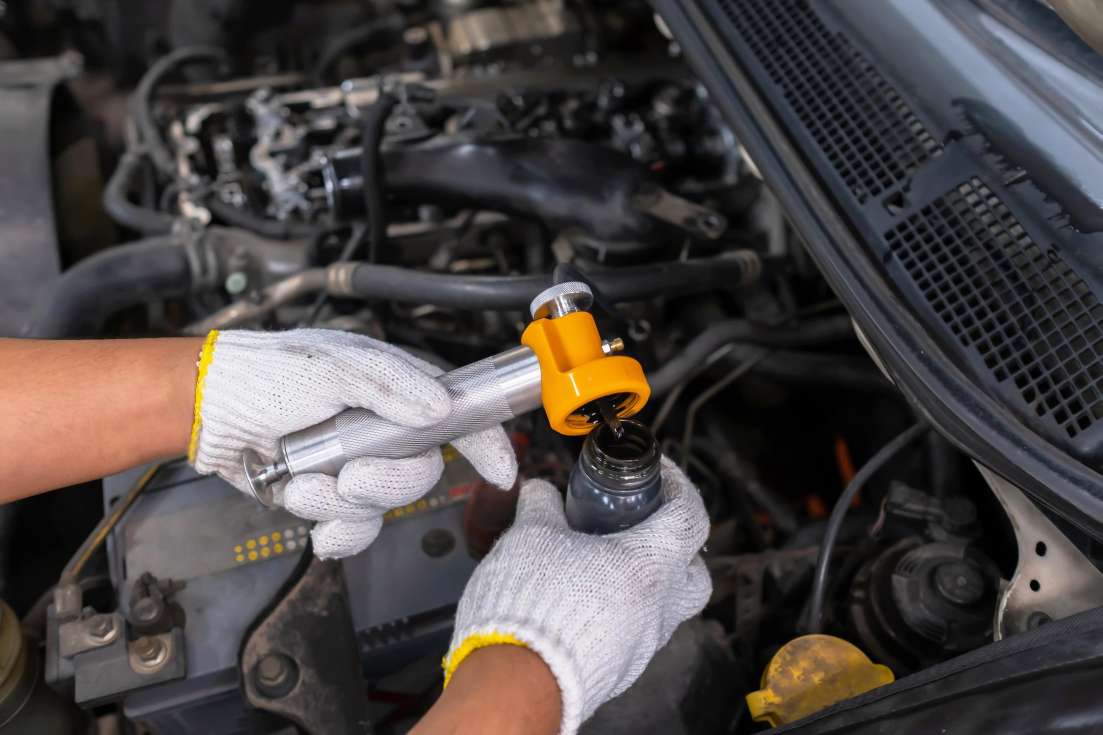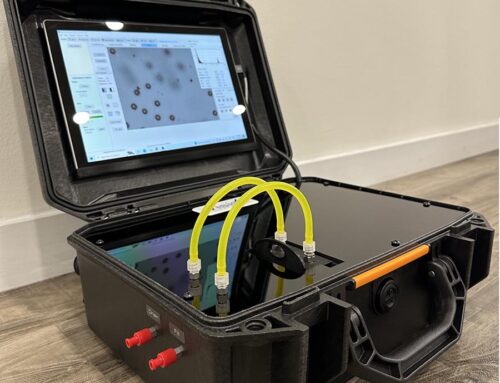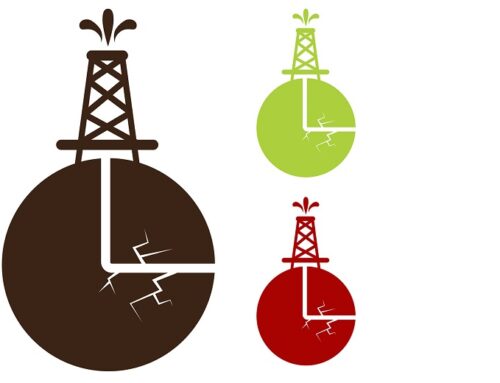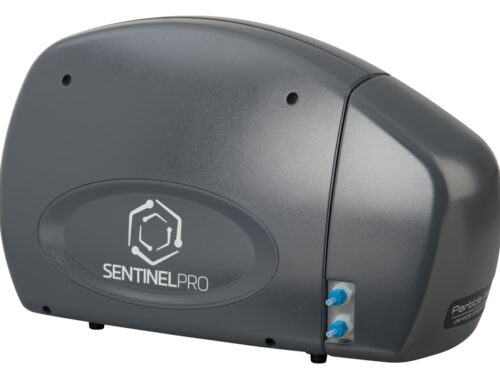In the world of analyzing fuel and lubricants, the use of particle counters is widespread and essential. Numerous reporting standards exist to offer guidance on limits of contamination. If you are reading this document, then you are aware of these different contamination codes and how typical particle counters work for the measurement of contamination particles. You may also be aware that the traditional particle counters used for fuel and lubrication analysis have some drawbacks regarding the types of particles measured. For example, suppose there is a large presence of particles. In that case, it is impossible to differentiate if these particles are air bubbles, which can be ignored, or if these particles are wear particles, debris, or even water droplets. For traditional particle counters, a particle is a particle regardless of what it is.
For this industry, the identification of the type of particle is essential. Knowing what type of particle is present is critical information that can assist the analyst in making a decision on what course of action to take. If they are air bubbles, the analyst can ignore them. If they are water droplets, the analyst can isolate the problem. Also, if classified as different types of wear debris, other courses of action exist.
While keeping in line with the guidelines for wear debris reporting norms, a new technique has evolved that offers additional critical information to analysts monitoring the health of machinery. Dynamic Imaging, a number-based technique, will also count particles and give concentration of particles as other traditional particle counters do. However, Dynamic Imaging, because it is image-based, can analyze each particle with over 32 measurements, making it possible to identify and classify each particle from 1micron in diameter and greater.
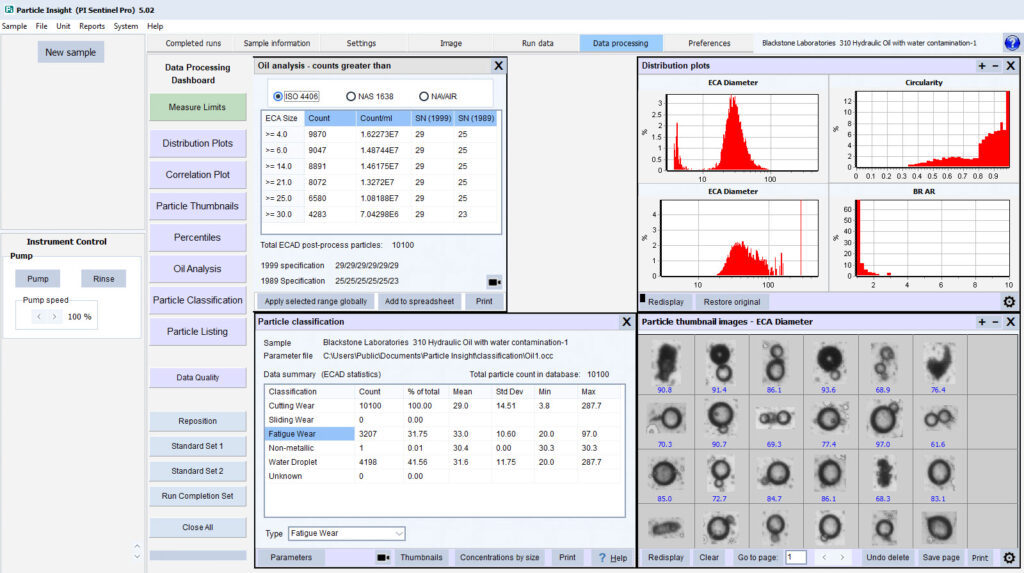
As shown above, Dynamic Imaging can report on one dashboard all the information needed for an analyst to take proper corrective action based on the types of particles found. In the case above, a customer was analyzing hydraulic fluid that had water droplets due to a failure in machinery.
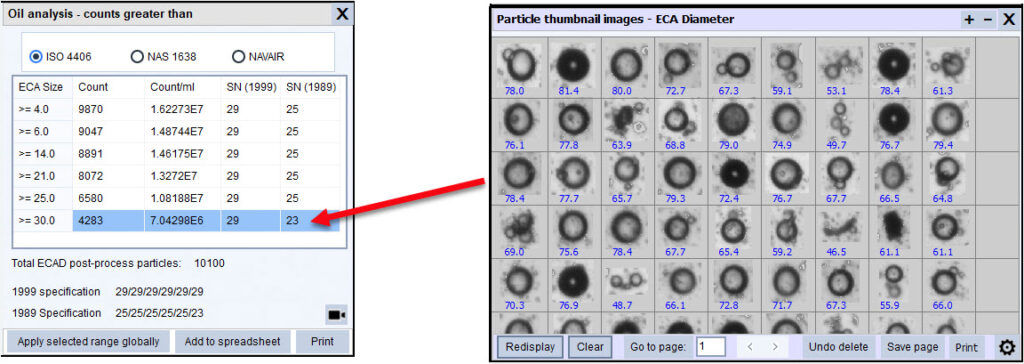
Besides showing the traditional classification reports for the different standards, users can select any reported size class and view the particle thumbnails for that class for particles greater than 1 micron in size. This objective evidence shows a significant presence of water droplets, debris, and air bubbles. The analyst can ignore the air bubbles post-analysis or pre-analysis if they desire.

For more in-depth investigation, the analyst can use classification functions that, although customizable for their specific use, come set for classification created using the Noria Wear Particle Atlas. Again, Dynamic Imaging systems are capable of displaying the particles in each class.

Particle Correlation Plots are also available with Dynamic Imaging, allowing the user to view a scatter-plot of all the measured particles. As can be seen by this correlation plot, there are many particles.
One can assume what they are by looking at parameters such as circularity or opacity. Still, the best way to be sure is to view the thumbnails of any of the measured particles greater than 1 micron as objective evidence of what the particle is.
To get a better understanding of how Dynamic Imaging has evolved into a critical tool for industry, please see this recent interview The Importance of Particle Shape Characterization (azom.com)
For more information on Dynamic Imaging for the Machinery Lubrication and Fuel market, please visit our website and contact us. PI Portable | Transportable Analytical Solution | Particle Analysis (particleshape.com)


